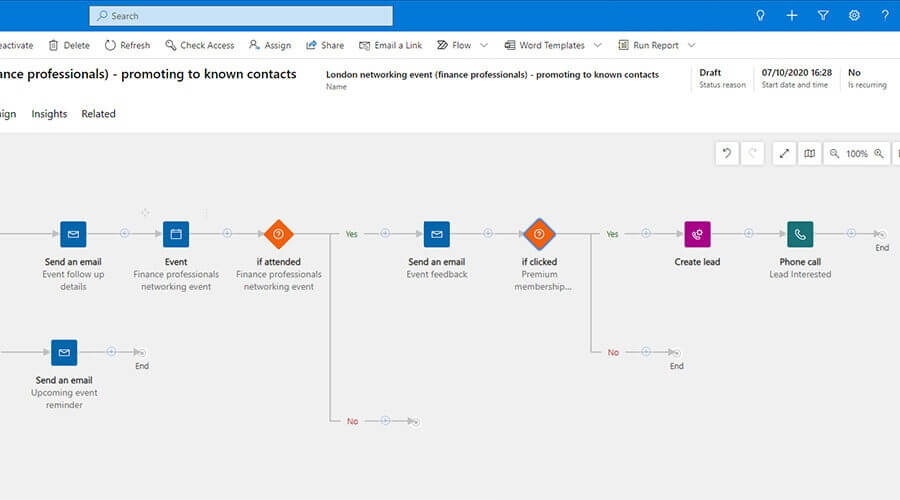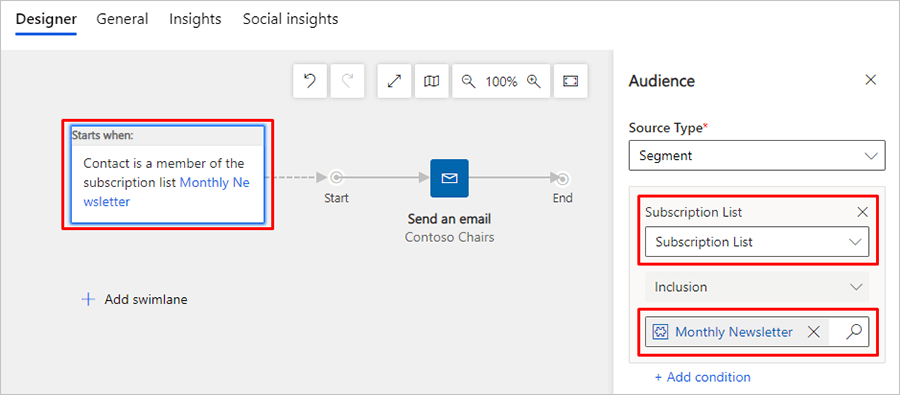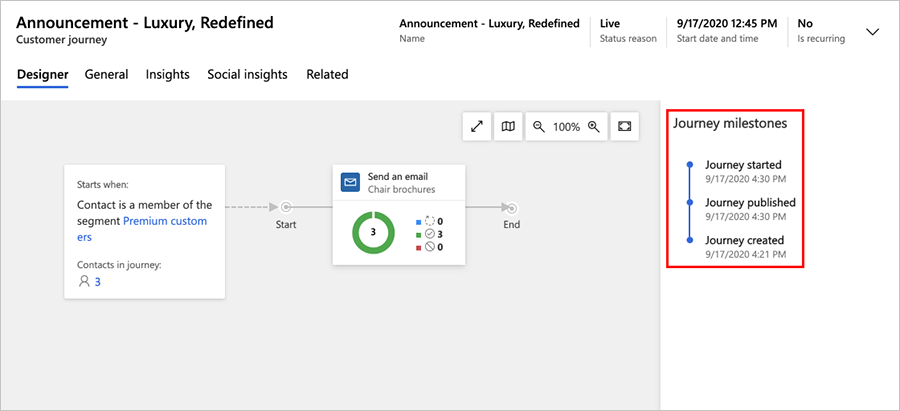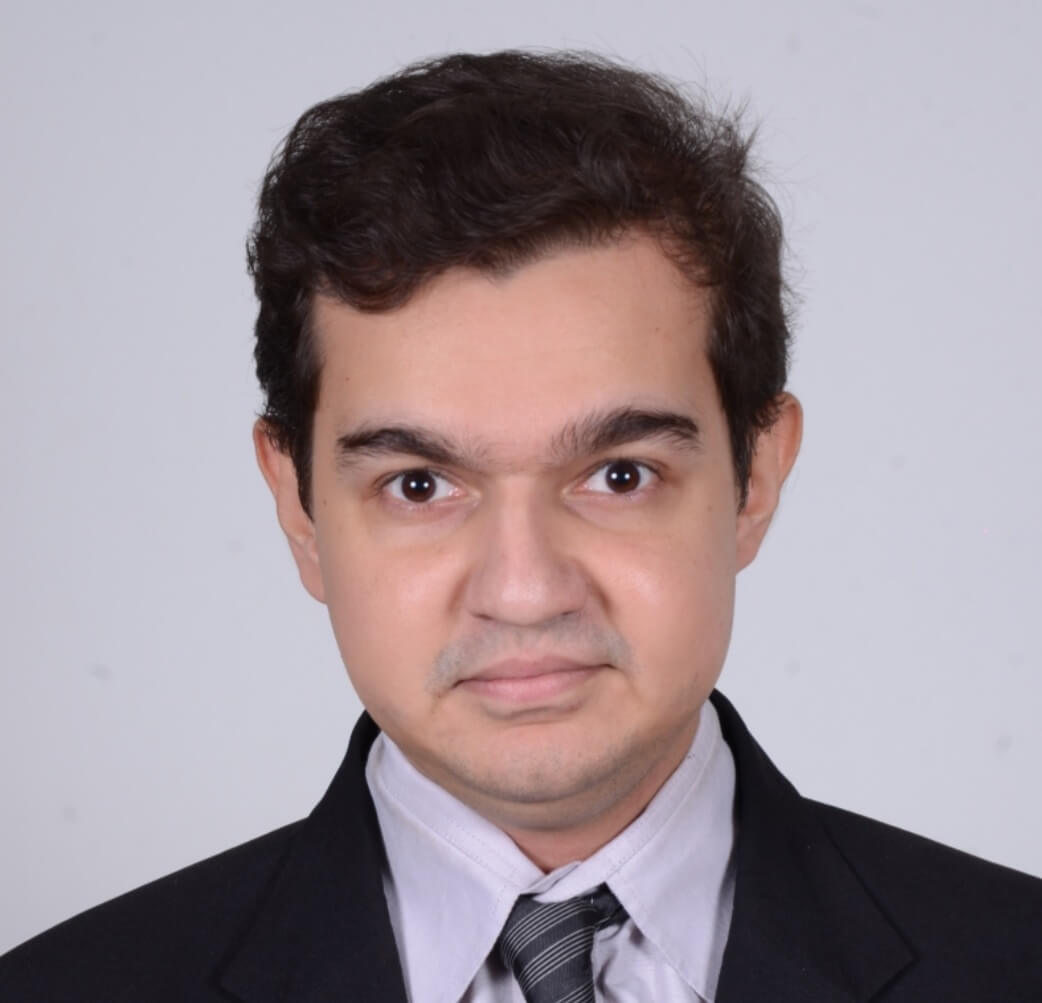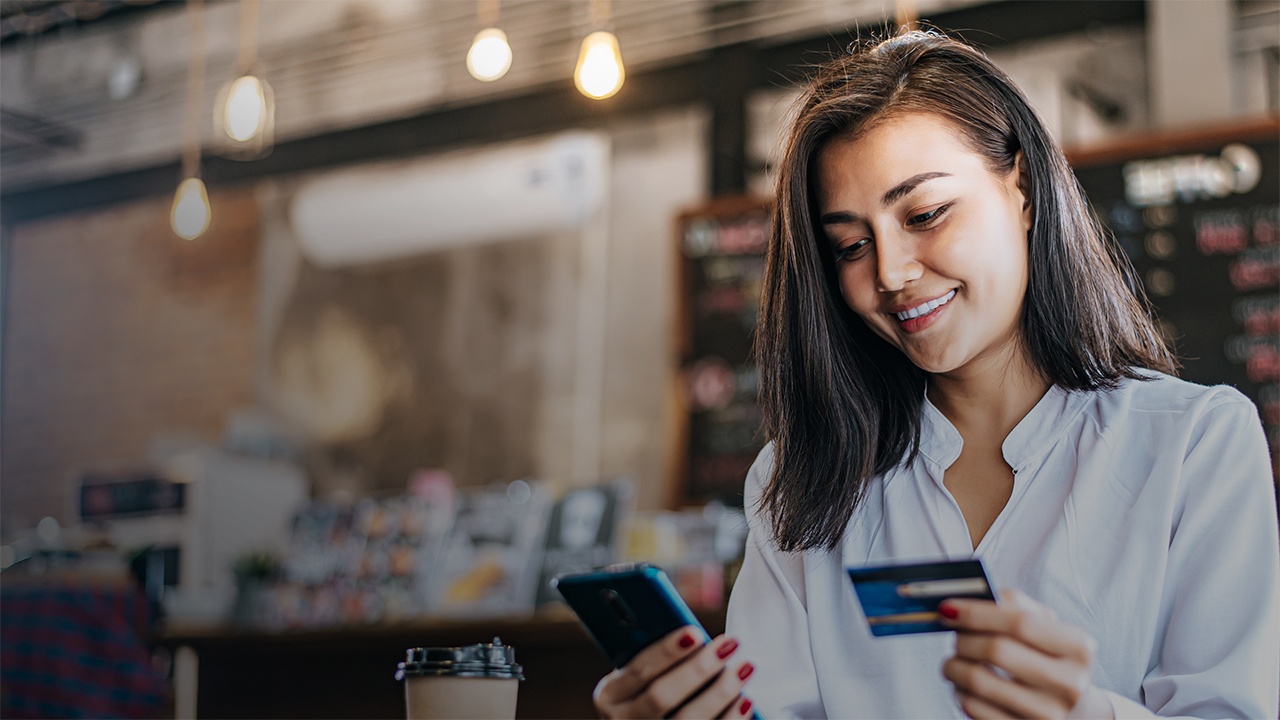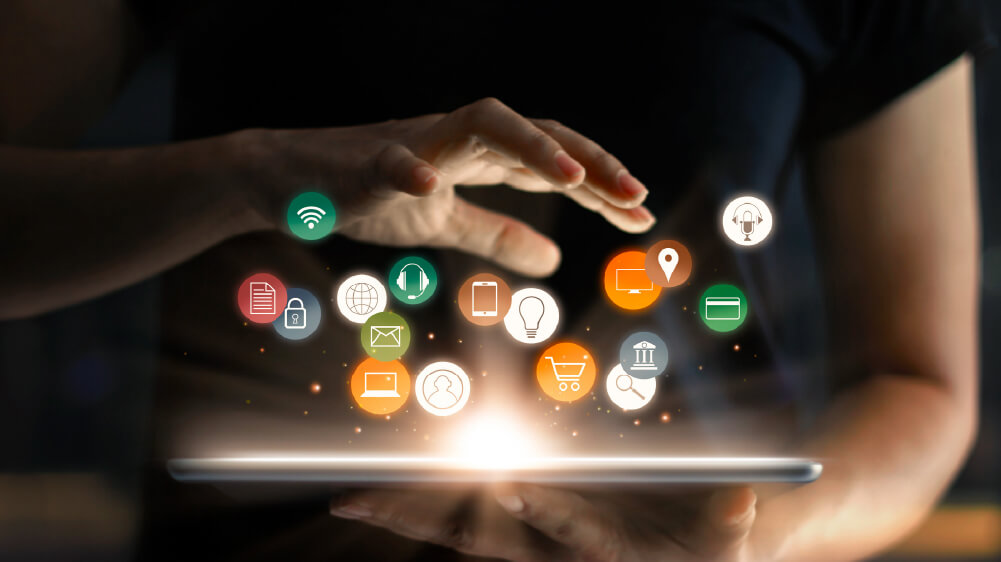According to Mckinsey Research, the market for health and wellness products and services is growing by 5-10% annually, depending on the region. A more fragmented market of complementary solutions is filling the white space around new movements, activity measurement, experiences, and more. Globally, the fitness industry is shifting from surviving the COVID-19 crisis to seeking various ways to thrive in the new normal world while building long-lasting consumer relationships. All solution and service providers for different fitness practices must evaluate their value propositions, redefine their roles in consumers’ fitness routines, and commit to an approach that will win over the right consumers.
The new age mantra for gyms and health clubs worldwide is to adopt a digitally transformed model, which would be unique in the market and include boasting emotional and personal connections with members. Microsoft Dynamics 365 Marketing has enabled the new personalization efforts of fitness clubs or gyms to move beyond the traditional gender or demographic data sets, which are driven by behavioral marketing, website personalization, digital kiosks, and digital fitness programs with cross-device targeting, club Wi-Fi engagement, and social engagement.
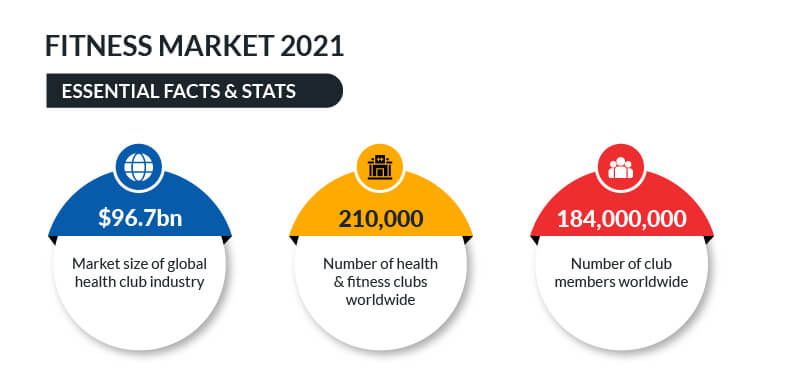
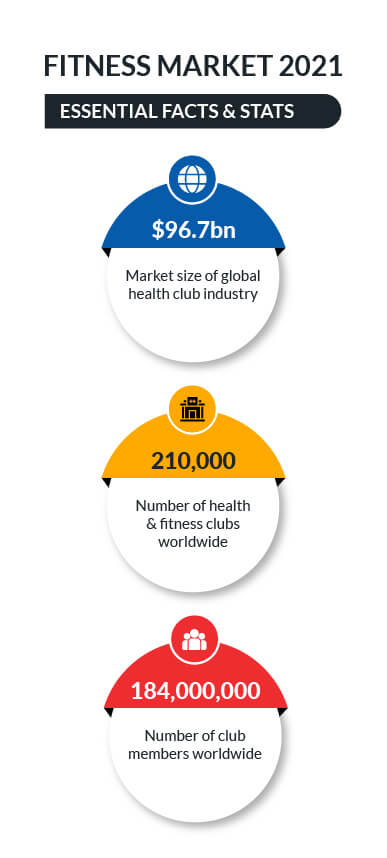
Customer Journey in a Fitness Industry 
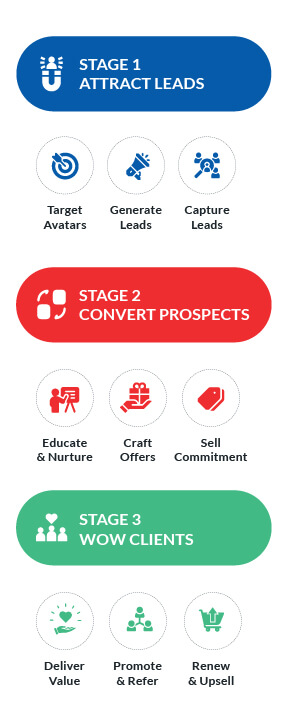
The customer journey refers to the path prospects take to become customers. Mapping out this process is useful because it allows you, as the business owner, to identify the stages you’re currently communicating with your prospects.
Depending on the prospect’s stage, you need to approach them by using specific channels with slightly different messaging. The goal for each touch is to help move the prospect closer to becoming a member. Taking the time to master this process will directly impact the success of your prospect funnel and help you sell more fitness club memberships.
During their decision-making process, buyers demand more information than ever before. In a globalized world, options are abundant. They thus need to be won over with valuable information, consistent engagement, personal relationships, and an exceptional experience.
Stage 1: – Attracting the Leads
Identifying the right kind of people for the fitness business is important. Instead of seeking out anyone, one should seek out the right target market, which would further generate the lead.
This is done by diving into the client’s psychology and interest levels. For example: does the client want to join the fitness club to be slim? Or is he interested in being in body-building shape? Is he interested in doing yoga, or is he only interested in swimming? This information will enable you to develop the right message to establish your fitness club’s position to give the client the right solution.
Then comes the final stage in the process, which is capturing the lead. To accomplish this, we can think of social media, search ads, display ads, local print, television, radio, and email.
Stage 2:- Converting Leads into Prospect
This is the stage where the leads are aware of your business and like what is being shown. Here is where specialization becomes crucial so that your clients view you as the expert authority on a specific subject matter directly intended to suit your clients or a specific audience.
Things like your blog, social media conversations, and reviews on Google and Yelp will help differentiate you from your competition. This will help the prospect to have more faith in your fitness business than other competitors. Here, you will begin to bring value to your leads and prospective clients as you offer education by sharing your knowledge and expertise and building a relationship with them.
In this stage, the work of the sales and marketing team matters because they would be the main source of contacts who will help convert the prospects. They would have to know how to craft offers and position the right offer with the right words to inspire people to take the next step forward.
Stage 3:- Action and Post-Action – Wow’ing your client.
In this final stage, you establish a relationship with the client and make sure they stick with your fitness club and do not venture out of it. Not only this – it may also lead the client to recommend your fitness club to someone else he knows.
Things like confirmation emails, instructions on what to expect for first class, courtesy calls after the first class, or new programs being offered can be useful in keeping the relationship going and creating a lifelong customer.
When you get results for your fitness clients, you make them happy. By inspiring your clients, you create your biggest channel of organic growth. This is an asset that is untapped by many fitness businesses. If you understand how to inspire your clients, they will promote your fitness business through reviews and referrals that ultimately support organic growth for your business.
The customer journey is not a linear path. Prospects may dip in and out of different stages on their way to becoming members. Following the customer journey will help you sell more fitness club memberships and build credible relationships with your members.
Below we will look at how the proper segmentation is done in Dynamics 365 and how these segmentations are used on customer journeys in Dynamics 365, which will enable users through various stages of the customer journey process.
Defining the Right Segmentation of the Customers
Knowing your customers’ needs from your fitness club is essential in winning them and getting them to trust your services. This can be done by segmenting customers on their demographic, behavioral, or firmographic levels.
Traditionally, marketers used to rely on old-school techniques of keeping a physical document or an excel sheet of all the potential customers wanting to join their fitness club. They would have their phone contact and possibly their email address. But they wouldn’t use the email address except to draft and send a very basic email to their customers, and that too, manually. Calling would also be repetitive and cumbersome for them, resulting in not having the numbers that fitness clubs would have wanted.
Segmentation on Dynamics 365 – A Use Case
Let’s take a use case on how Dynamics 365 segments the customers, to understand more deeply.
Suppose you’re opening a new fitness club in a newly developed suburb in London; you’ll probably promote the opening day event only to contacts who live near that suburb. Or, suppose you’re running an event for the fitness club; you may want to target contacts who have shown interest in the fitness club in the past. In this case, you can narrow the segment by only targeting contacts who have previously opened emails related to those fitness clubs. Decisions like these will affect how you communicate with the segment. These decisions will also influence which channels you’ll choose, what kind of graphics you’ll pick, and which types of marketing will happen in the future. With Dynamics 365, the fitness club sales representatives will just have to key in some basic information about their potential customers, and all the details will be segmented accordingly.
Based on the above example, if we want to segment customers who stay in the city of London and his county Bromley, it can be done as below:

This will ensure that all the contacts with specific details, as we want, will come into a segment. So, if we must target these customers, we can do so based on their journey. Let’s take a look at how.
Segmenting the Customer Based on Activity
Some customers have their details incomplete, or they are not active in the system. We would want to filter out those customers from the list. For that, we can make a segment accordingly, as shown below.
Segmenting Customer Behaviorally
We can segment customers based on the email that we send to them. If they click on that email, we can segment those customers based on their postal code, like the example below.
Customer Journey Transformation with Dynamics 365 Marketing
Once the segmentation of a group or a community is established, we define the customer journey. The set of segments will help get access to the deliverables the business would want to provide.
Through the customer’s journey, we can send marketing-related emails to end customers, make them subscribe to the products and services of our health club by sending a form or have them register for any marketing-related events like conferences, trade shows, or seminars.
A customer journey can be classified into:-
- Simple Customer Journey
- Complex Customer Journey
In a Simple Customer Journey, one can simply send a marketing email to customers defined in a market segment. Based on their action to the email, a set of actions is specified on the application. Shown below is an example of a simple customer journey.
A Complex Customer Journey would include more tiles and conditions in the journey and achieve a much more complicated journey structure. This will achieve the same outcome and can look something as below.
As shown in the example above, sending an email or creating an event or a phone call activity depends on certain factors, such as whether the email is opened or whether it is necessary to wait a few days to find out whether the customer opens the email or not.
Likewise, we can create an event or send a marketing form to a customer with certain conditions in place to enable stepwise logic on the different customer journeys we make.
Likewise, suppose we need to add an audience, contact those segments with a subscription list, and send a monthly newsletter to that audience; we can do that as demonstrated below. This will ensure that a monthly newsletter goes to the right audience.
Customer Journey Insights
In Dynamics 365 Marketing, insights let you track how your contacts react to various marketing campaigns and offer in-depth analysis that help you understand the impact and explore what works best.
The below instance shows how many contacts saw our emails in the journey when it was started, published, and finally created.
Similarly, the volume and KPI of all the marketing emails and initiatives can be tracked in the data section of the marketing email insight. It will give the following insights about marketing email:
- Number of emails sent, how many were processed, and how many emails failed to send.
- KPIs like how many emails got delivered in the segment.
- Details like how many emails got blocked and how many had bounced from the email server.
Customer Insights and Building a Unified Customer View
Dynamics 365 Customer Insights helps collect, collate, and combine customer data from multiple sources and then analyze it to suggest actions that match the customer’s needs and requirements.
With the help of artificial intelligence algorithms and machine learning technology, customer insights analyze different types of information. Based on the result of the analysis, it recommends optimal actions to create engaging customer relationships.
How Customer Insights Connects Data
Different kinds of data collected from customers throughout the customer journey are:
- Behavioral – Data generated during customer interactions using online tools. For example, the pages you visit, the applications you download, or your favorite games.
- Demographic – Data concerning social and economic aspects such as age, gender, population, income, education, or employment.
- Transactional – Data regarding documenting exchanges, contracts, and transfers between organizations and/or individuals, i.e., purchases, returns, payments, bookings, or subscriptions.
With this kind of concise data, we can create rich customer segments and get AI-driven insight into our segments. By segmenting our substantial customer data, we can take targeted action on our customers.
Segments enable you to group your customers based on demographic, transactional, or behavioral attributes. Using segmentation, you can achieve more targeted actions such as promotional campaigns, sales activities, or customer support to achieve desired business goals. You can define complex filters around the customer profile entity and its graph of related entities. Each segment, after processing, outputs a set of customer entity records that you can export and take action accordingly. Such segments can then be used in customer journeys, as we saw above, and to cater to the specific segment and then utilize Dynamics 365 Marketing properly and effectively.
Conclusion
With customers globally becoming more informed and inter-connected than ever before, there has been a paradigm shift in power. Organizations now no longer have control over their relationships with customers; it is the customers who are kingmakers. So, ensuring every customer experience is exceptional throughout the lifetime of the relationship has become extremely important; this includes completing a journey map for each stage of the relationship – awareness, consideration, purchase, and retention, in addition to ongoing service and after-care support.
Customer journey under Dynamics 365 Marketing will enable you in this endeavor. With this, you engage with customers across various touchpoints, continuously track and monitor each engagement to improve customer experience, increase revenue and embark on the road to success.









